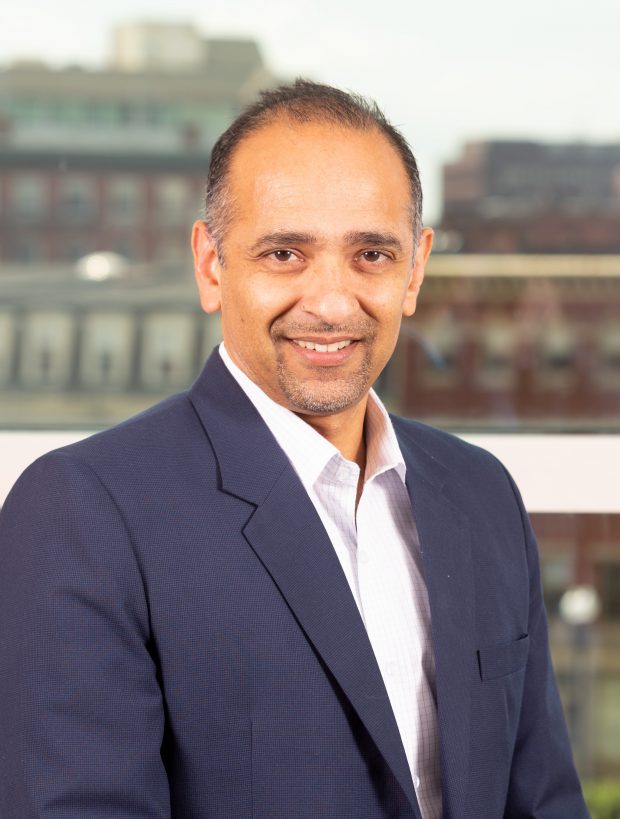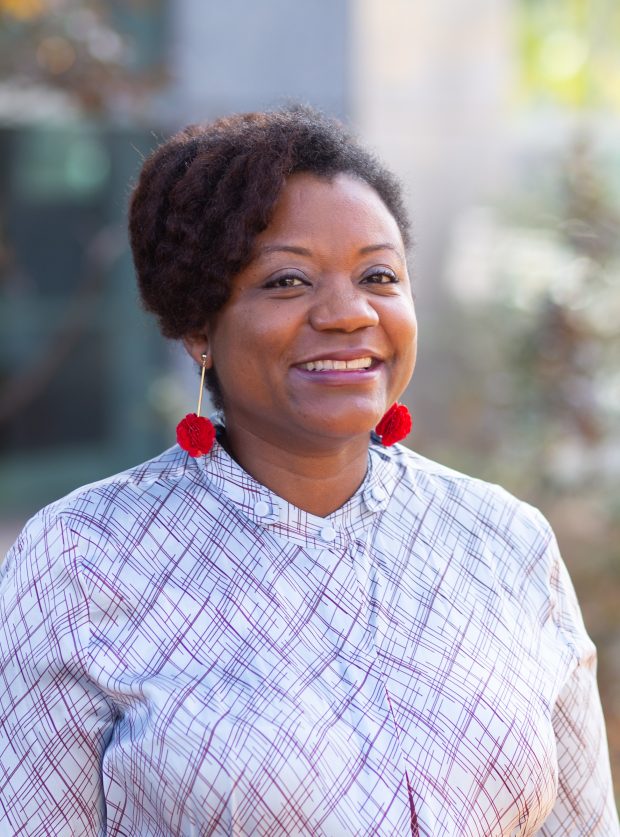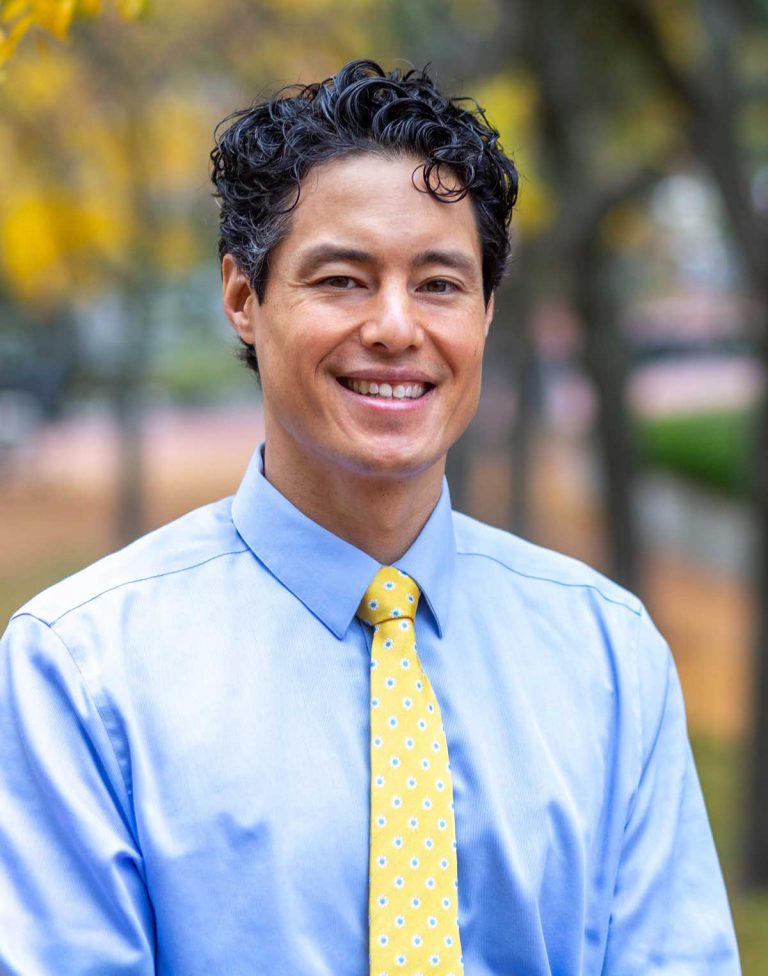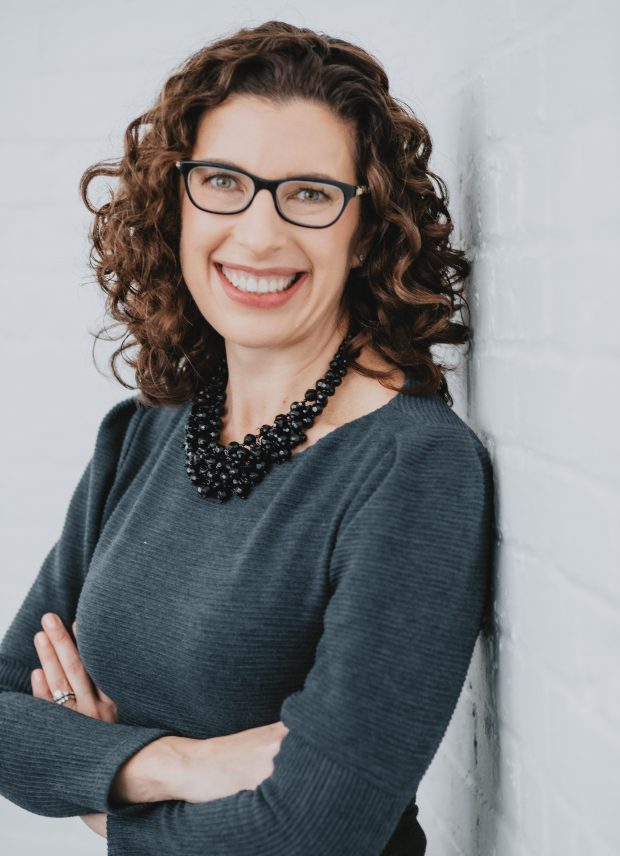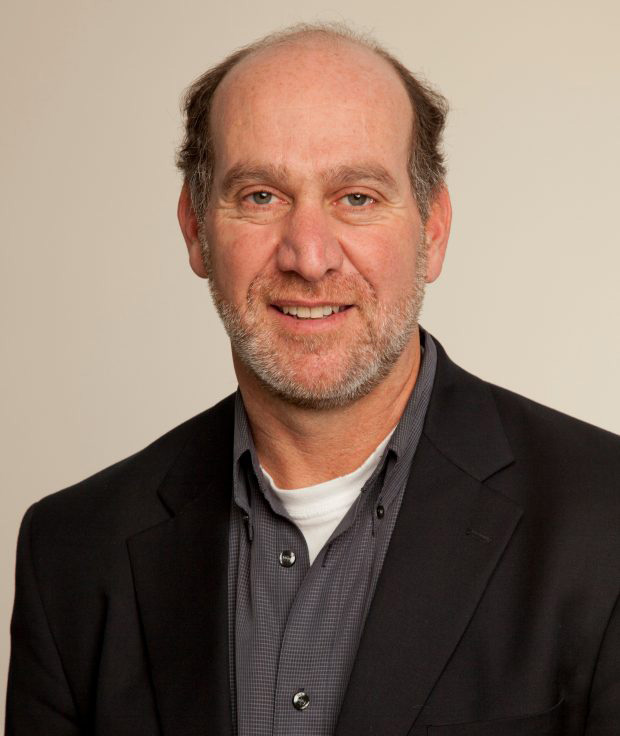IT’S COME TO SEEM LIKE A NIGHTMARE from which we can’t wake up. For most of 2020, we watched COVID-19 leap from country to country, hemisphere to hemisphere, spreading to almost every country and every continent except Antarctica. It’s infected our family, friends, and neighbors, as well as our daily conversations. We watch flattened curves climb back into spikes. We eye positivity rates with disquiet and vaccine timelines with desperate hope.
In the United States, the ongoing crisis has yielded one potential benefit: It has shone a harsh light on the importance of both game-changing investments in public health and a coherent, nationwide pandemic preparedness strategy. The damage to the economy and the disproportionate impact of COVID-19 on communities of color—intertwining the pandemic with the racism crisis, a public health emergency of equal proportions—have acted as wake-up calls for the future and created an opportunity to do better.
Researchers at Brown have long studied many of the issues uncovered by this pandemic, including how politics can interfere with science in a public health crisis, how racist policies drive health disparities, how to offer the public clear science-based communication, and how to protect the most vulnerable and promote health equity.
Eleven months into the biggest pandemic in a century, we asked experts from across Brown University to take stock of what went wrong, and what needs to happen so we can address major public health challenges and do better next time.
